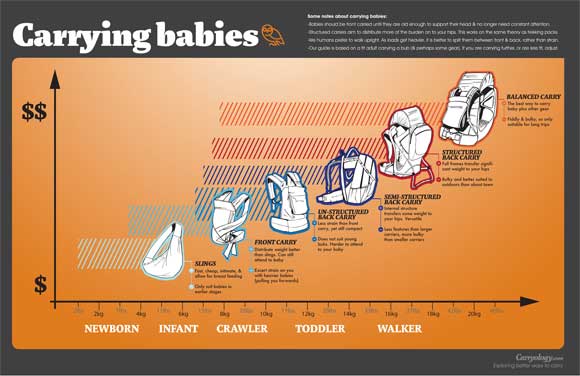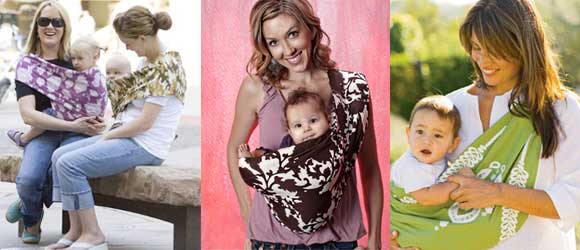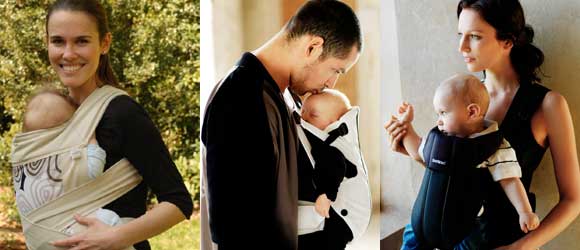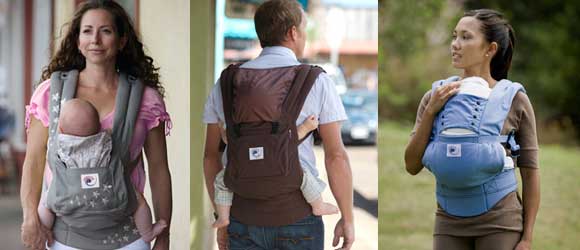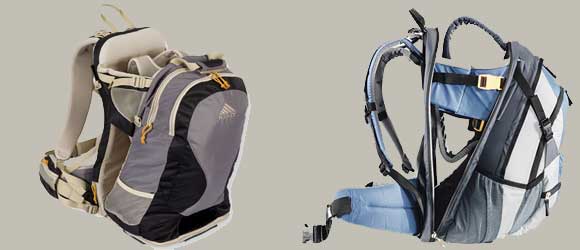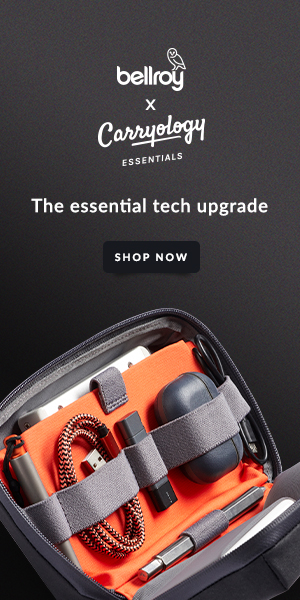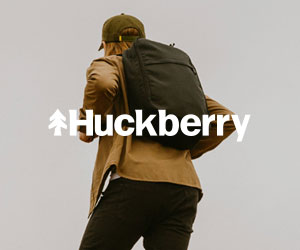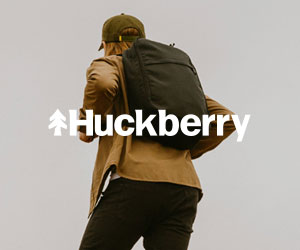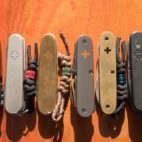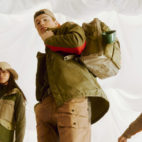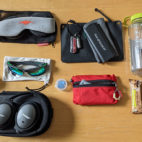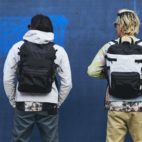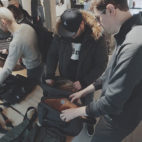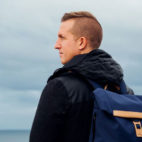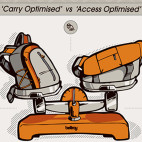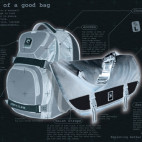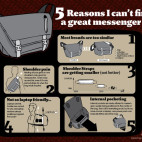What’s the Best Way to Carry Babies?
Why did we not evolve with a pouch on our fronts?
Carrying a baby is so easy for kangaroos, but a right bother for we humans, and I’m suffering. I’ve been hauling our little sumo for 8 months now, and my back is over it.
So that means it’s time to get our head around baby carrying in a way that will help me, but more importantly, hopefully help others avoid some of the pain…
Let’s start with a really quick summary of carrying theory.
There has been some amazing research on carrying efficiency. Himalayan porters can carry 200% of their body-weight for days at a time over crazy mountain passes, and yet I struggle to haul my 20lb baby on a short shopping trip.
It turns out that a key difference is in how we balance the load. The Himalayan porters support the weight on their heads, which importantly keeps the load centered, and lets them stand upright. I’ve been carrying our bub on my front, which tips me over and causes all sorts of strain issues.
There’s a great summary of these theories applied to trekking packs at Aarn. But we won’t bore you with that, instead we’ll just incorporate the findings in to our recommendations below.
If you have any feedback, experience with these products, or general comments, we would love to hear from you.
–
Newborn carry (up to 11lbs/ 5kg)
The first months of a baby’s life seem to be all about replicating the womb. You swaddle them, cuddle them, and generally keep them surrounded by warmth and a heart beat.
Slings are our favorite for this time, as they do all these things, and can be donned in a heartbeat. While they distribute all the baby’s weight on to one shoulder and your front, the bub is still light enough that your body can easily cope.
A good sling has enough extra fabric to cover mum while breast feeding, and to hide bub from wind or bright lights. Serena & Lily, Peanut Shell, and Lucky Baby all have nice slings.
Caution: There are a few dud designs in slings, so you should choose from a better known brand. There have previously been a few recalls from babies being overly bent & suffocating, which is a tiny chance, but one we’d prefer to avoid.
–
Infant carry (9-18lbs/ 4-8kg)
As your bub puts on their early pounds, you need to start thinking a little more about weight distribution. Designs should spread the load across both your shoulders, and perhaps hug your body a little better for support.
Your bub should still be front carried, as they need both head support and constant attention.
Baby Bjorn‘s are the best known (immortalized carrying Mini Me in Austin Powers). These work well up until about mid way through this weight range, but then become a ‘Chiro referrer’ as the bub keeps growing.
The Mei Tai carrier is a nice option, as it can latter be arranged for rear carry also (thanks to @alipant ).
Crawler carry (13-24lbs/ 6-11kg)
By now your baby is probably supporting their own head, entertaining themselves better, and not as in need of constant attention. They are also getting heavy, and front carry only works for short periods.
While carrying them on your shoulders will now work for short trips, back carry starts to become a better option, as your body can more easily deal with a rear load by tipping forwards a touch.
Carriers like the Ergobaby carrier give you the benefit of the Baby Bjorn with front carry, but then let you swap to back (or even side) carry as your bub grows yet more.
Toddler carry (22-33lbs/ 10-15kg)
Toddlers are starting to weigh more than your body can easily adjust to. Back carry now also needs to be supplemented by a great waist belt to take some of that load down to your hips (rather than just on your shoulders). This means that your carry option needs more structure to it (to ‘lift’ the load up from your hips). For longer trips or kids at the upper end of this weight range, semi-rigid carriers are the better pick.
I like the carriers that add some storage for all the paraphernalia you need to carry with you. The Deuter KangaKid is one of the most refined of these backpack/child carrier combos, but it seems to have some entry and egress issues for your bub (the pack is not free standing).
The Kelty Junction 2.0 better solves this issue, and adds some back length adjustment for swapping between mum and dad (this lets you get the waist belt more effective by getting the length right for each parent). We’ve had one of the previous models for awhile (to go with our slings, Ergo Baby, and a bunch of wraps), and find it pretty good for a day on your feet.
Walker carry (29-40lbs/ 13-18kg)
For any extended walking, a structured back carry device, with a good hip belt, and some extra front carry stuff to balance the load becomes your best bet. The downside is that this is all starting to get a bit bulky, which is why so many resort to strollers at this stage.
Unfortunately, no-one is really doing this perfect carry option, but you can patch together a neat enough solution.
For framed carriers, we like the look of the Kelty Journey 2.0 and the Sherpani Rumba, to which we would add some Aarn balance pockets to the front if we were hiking for any extended period.
Or if you are after a more urban look, the phil&teds Metro looks neat.
And if you’d prefer to just quit the carrying at this stage, here are a few fun and very different strollers to check: The WIP, the Taga bike stroller, and the very mobile Stroller Suitcase concept. Or a few others (like a scooter hybrid) over at PSFK.
We hope that has been helpful. If we had known all this before our kid came along, I think we would have done things differently.
If you have any experience or thoughts that will help other parents, we would all love you to share in the comments below.





 Carry Awards
Carry Awards Insights
Insights Liking
Liking Projects
Projects Interviews
Interviews
